What’s in a myth? The power to shape history.
Donald Trump gets this. He inspires his followers the same way as cult leaders Charles Manson & David Koresh: By constructing his own myth.
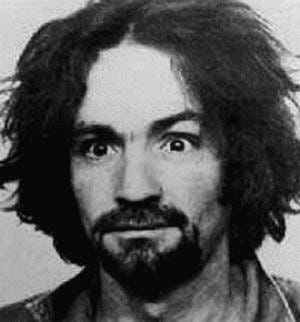
Charles Manson, myth-maker extraordinaire
Consider today’s news. The president-elect and Mike Pence are visiting Indiana to announce they’ve delivered on a campaign promise to keep 1,000 factory jobs at Carrier from moving to Mexico. It’s being pitched as an early win for Trump — a sign he’s going to be tough on offshoring and bring jobs back to the US.
That’s the myth. Here’s the reality: Trump & Pence got Carrier to keep the jobs in Indiana by giving the company $7 million of Indiana taxpayer money. As Rachel Maddow reported, “They just paid them.”
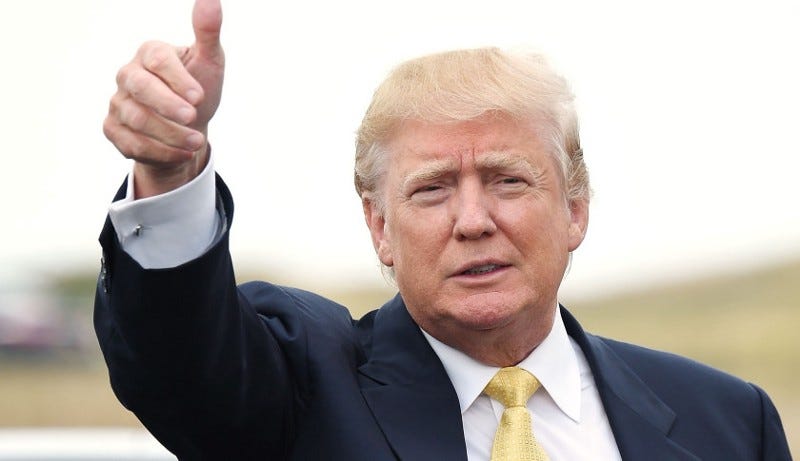
A president-elect can’t just hand over federal money. But this wasn’t federal money — it was Indiana state taxpayer money. Pence approved the payment through the Indiana Economic Development Corporation, a quasi-public entity that doesn’t require legislative approval for its deals.
This may be why Pence stayed on as governor of Indiana, Maddow speculates, despite being tasked with leading Trump’s transition team. So Pence could screw his state while making Trump look like a hero.
I reflected on Trump’s myth-making while reading Sapiens, the international bestseller by Yuval Noah Harari. It’s a compelling, wondrous tour through 70,000 years of human history.
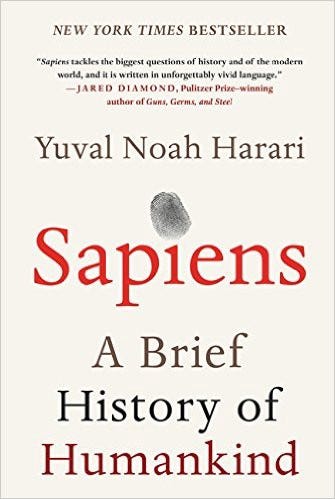
Sapiens highlights one unique capacity of our species: the ability to tell stories about ourselves. This story-telling ability is how we thrived as a species, and it’s how Trump became president.
As Harari notes, our unique capacity for language allowed us to invent “common myths” or “fictions” like money and religion. These shared myths have been vital in connecting humans across vast territories. We’ve relied on myths to organize ourselves into any kind of large group — a church, a corporation, or an empire.
Harari explains:
“Much of history revolves around this question: How does one persuade millions of people to believe particular stories about gods, or nations, or limited liability companies? Yet when it succeeds, it gives sapiens immense power, because it enables millions of strangers to cooperate and work toward common goals.”
Trump has been a myth-builder throughout his career — slapping his name on buildings & casinos, publishing self-aggrandizing books, even acting as his own PR guy. All designed to promote the image of himself as a superhero, a god among men.
“I play to people’s fantasies,” Trump wrote in The Art of the Deal.
The Apprentice portrayed Trump as a business genius. In reality, he was a mediocre real estate developer with a long history of bankruptcies. New Yorkers knew Trump as a narcissistic buffoon.
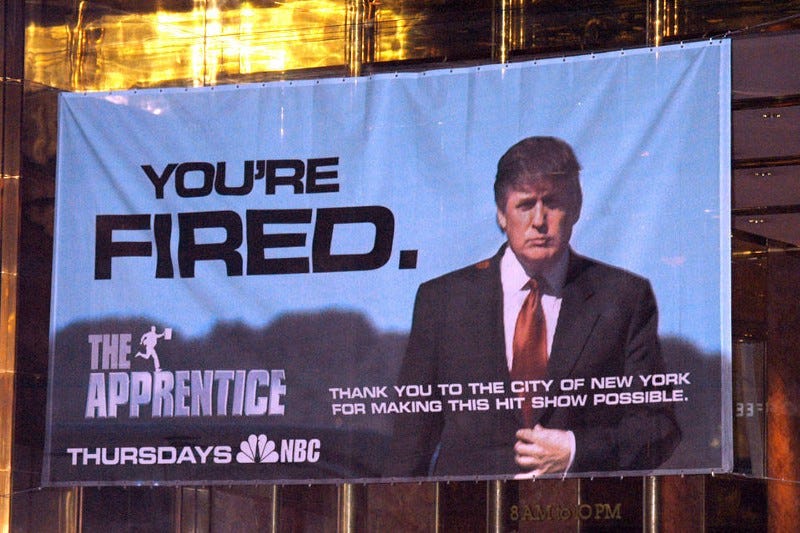
But with the help of producer Mark Burnett, he made himself look like a rock star. A guy who could solve any problem while casually delivering witty put-downs and one-liners.
This myth-building skill, amplified by digital media, is what catapulted Trump to the presidency.
Teddy Roosevelt was famous for his campaign railroad tours. His train chugged across America as he gave speeches, shook hands & kissed countless babies.
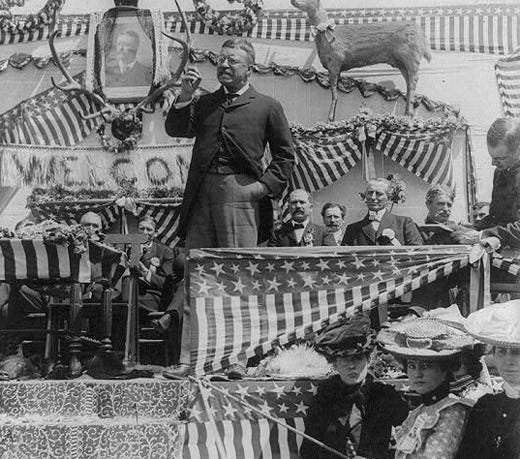
Today’s US is far too big for any one politician to meet a majority of citizens in person.
We rely on media to learn about candidates. TV and newspapers used to dominate the coverage; now it’s Facebook, Twitter and Instagram.
JFK & Reagan won by dominating TV & movies.
Trump won by dominating Twitter and Facebook.
Trump largely avoided face-to-face retail politics. Instead, he focused on big rallies and tweets that let him control the media cycle.
He didn’t talk much about policy details. Voters didn’t care. They wanted a myth they could believe in: “Make America Great Again”.
Trump’s racist & sexist words were seen by many as disqualifying for a presidential candidate. But to Trump supporters, this was just part of the myth-building: That he could say such outrageous things and get away with them only elevated his superhuman image.
In Steve Bannon, Trump found another expert myth-builder. From Bannon’s experience in Hollywood and running white-supremacist publisher Breitbart, he understood the power of myths to sway the American public.
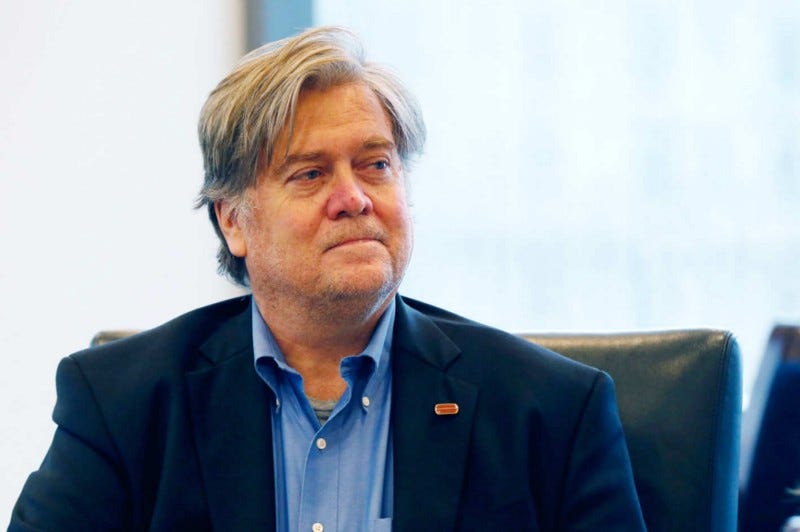
Bannon helped Trump deliver the kind of striking visual messages a film producer could appreciate: “Build the wall”, “Drain the swamp”. These messages resonated with rural, conservative voters fearful of immigration and distrustful of Washington. They longed for the good old days when America was a white, Christian nation.
In order to change the imagined order, you must first find a group that believes in a current imagined order. New myths must build upon or evolve from previous myths.
Of course, every good myth needs a villain. Trump turned Hillary into a villain worthy of a Batman movie. He had plenty of help: The right-wing media had spent years constructing false narratives to smear Clinton (Benghazi, Clinton Foundation, deleted emails).
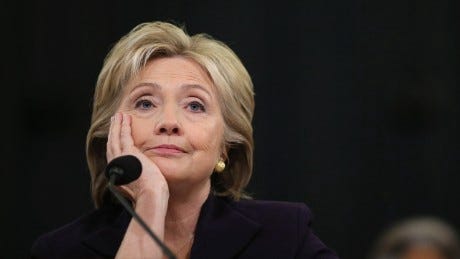
Trump used these false narratives to energize his base and strengthen his own myth. His team served up potent ammunition for the wave of “fake news” that swept across Facebook, Instagram and Reddit in the weeks leading up to the election.
Voters were conned into believing Hillary’s “crimes” were worse than Trump’s. Articles claiming the Pope had endorsed Trump were shared millions of times and accepted as fact. These fake news stories enhanced the myth of Trump as a superhero — perhaps not the hero the Republican Party wanted, but the hero they needed to defeat Hillary and take back the country.
Where Trump excelled at myth-making, Hillary failed miserably. She was a policy wonk who never came close to creating her own mythology.
Her command of the facts was irrelevant: “Go to my website” isn’t effective in a post-fact, myth-centered media world.
Jay-Z and Beyonce joined her at a few campaign events. She should have taken a page from their self-promotional skills. Her appearance on Between Two Ferns was funny but didn’t resonate like Beyonce’s Lemonade.
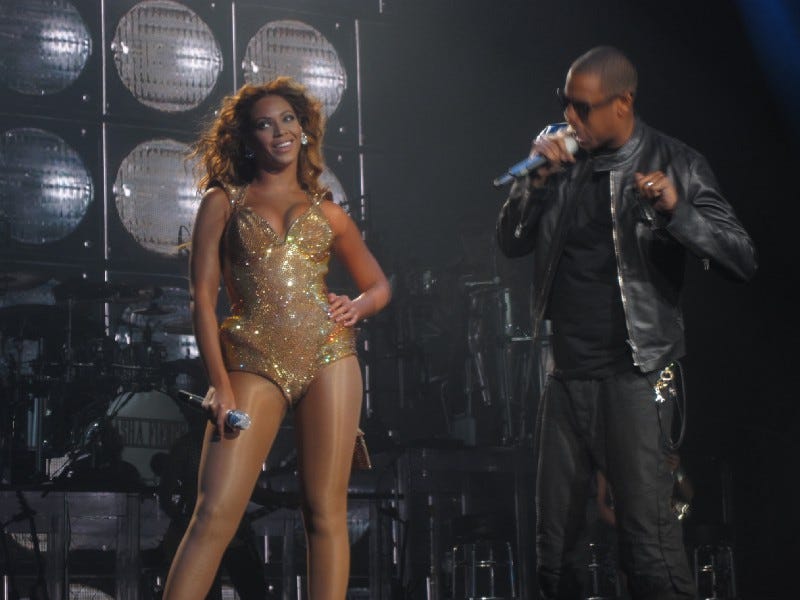
Ultimately, even the best myth-makers in Hollywood couldn’t turn Hillary into a star.
Trump is about to embark on a multi-state “thank you” tour, starting in Cincinnati.
The tour could be a chance to unify the country, to heal the wounds of a bitter campaign. More likely, Trump will use it to throw red meat to his loyal supporters. Images of cheering fans will dominate TV and social media for days. All to reinforce the myth of Trump as our country’s savior.
If humans need shared myths to maintain civil society, how do we respond to the dangerous myths that will permeate the Trump Presidency?
We craft counter-narratives. Opposing myths. Protests are important, but they’re no substitute for an affirmative message people can believe in.
Silicon Valley companies understand the power of messaging. They have R&D and Product teams that build stuff, and Sales & Marketing people to sell it. Building a better smartphone is good, but you need a myth-builder like Steve Jobs to get people to buy in.
Obama has said his presidential center will focus on training the next generation of leaders: “How do we rethink our storytelling, the messaging and the use of technology and digital media, so that we can make a persuasive case across the country?”
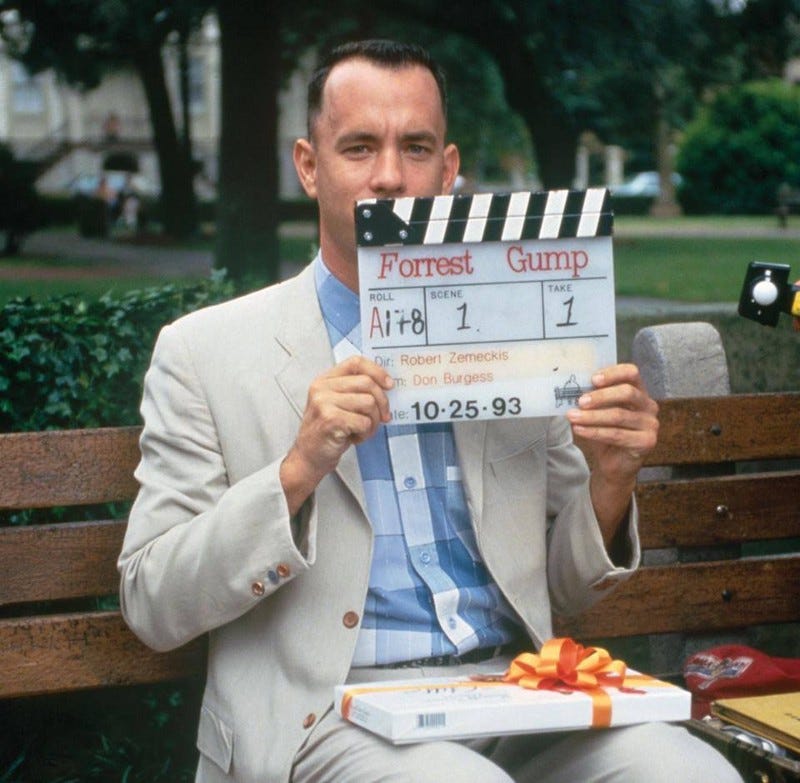
Some have suggested the Democrats run someone like Oprah Winfrey or Tom Hanks. A celebrity who’s already beloved by the public.
I’m not sure I want Forrest Gump to be my president. I’d prefer someone with skill and experience. But if the DNC hopes to be relevant again, they’ll need to create myths worthy of a Hollywood movie.


